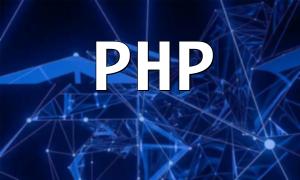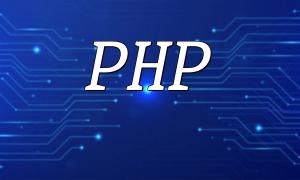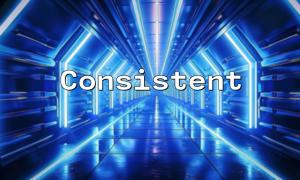With the rapid development of the internet, website loading speed has become a critical factor in improving user experience. Many websites face slow loading issues, and using a CDN (Content Delivery Network) has become an effective solution to speed up access. CDN caches static resources on servers located close to users worldwide, significantly reducing response times and improving stability.
This article will explain in detail how to use CDN technology to speed up PHP websites, including practical code examples to help you get started quickly.
First, select a CDN provider based on your website traffic, target user locations, and budget. There are many mature CDN service providers on the market, such as Alibaba Cloud CDN, Tencent Cloud CDN, and Fastly. A proper choice ensures effective acceleration and quality service.
Besides CDN configuration, PHP code optimization is also essential. Recommended steps include:
The following example demonstrates how to reference CDN-accelerated image resources in PHP:
<?php
$imageUrl = "https://cdn.examplecdn.com/images/sample.jpg";
echo '<img src="' . $imageUrl . '" alt="Sample Image">';
?>Set caching rules for image resources in the CDN console, such as a cache duration of 1 hour, to ensure fast loading while maintaining timely updates.
By implementing the above configurations and PHP optimizations, your PHP website's access speed can be greatly improved, providing a smoother user experience. It is important to note that CDN is suitable for caching static content; dynamic content like user information and login status must still be fetched from the origin server. Proper cache management is necessary to avoid data inconsistency.
Using CDN technology to enhance PHP website speed is an effective way to improve user experience. By selecting the right CDN provider, configuring appropriate caching policies, and optimizing PHP code, website performance can be significantly enhanced. We hope this article and the provided code examples offer practical guidance for accelerating your website.









